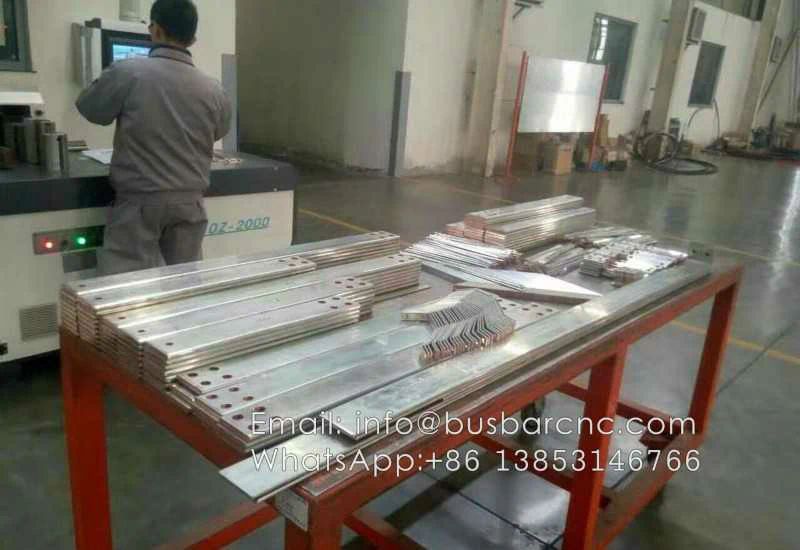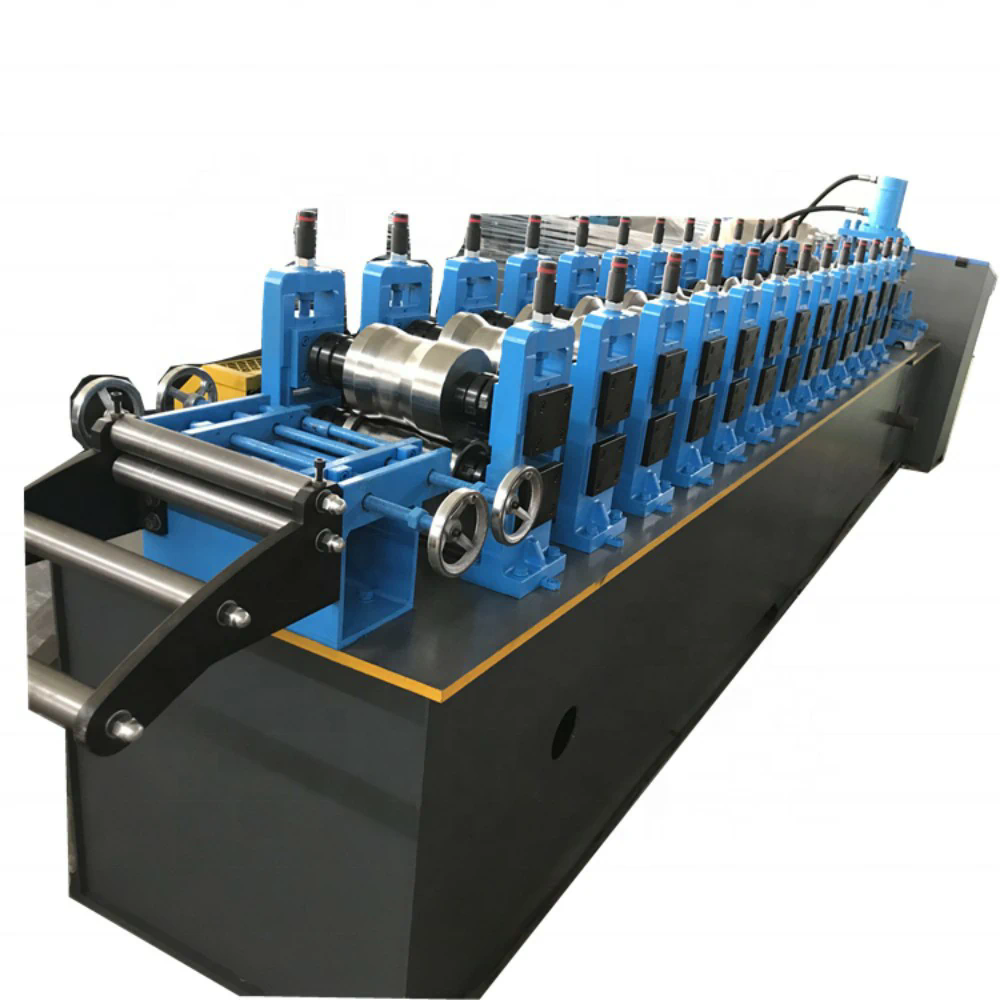Today, the website of the Hainan Provincial People’s Government announced the “Hainan Carbon Peak Implementation Plan” (hereinafter referred to as the “Plan”). screen panel display
The “Plan” is clear and vigorously promotes the application of new energy vehicles and ships. Implement preferential policies for the purchase tax of new energy vehicles and related support policies, gradually promote the clean energy of all kinds of vehicles in the province in stages and fields, and build a world new energy vehicle experience center. Accelerate the promotion of clean energy in the field of social operation and transportation, focusing on light logistics and distribution, urban sanitation, rental cars, online car-hailing and other fields, promote the replacement of new energy vehicles, and encourage the new energy of private vehicles. Accelerate the elimination of old ships with high energy consumption, high emissions and low efficiency, accelerate the application of new energy sources such as electricity and hydrogen in the field of ships, promote the work of “oil to gas” of ships, and focus on the construction of marine liquefied natural gas filling stations in Haikou, Qionghai, Sanya, Sansha and Yangpu Economic Development Zone, and develop natural gas vehicles and ships。 By 2025, 100% of new and replaced vehicles in public services and social operations will use clean energy. By 2030, the sale of fuel vehicles will be completely banned across the island. In addition to special uses, vehicles in the province’s public service field and social operation field have fully realized clean energy, and new and replaced new energy vehicles in the private car field account for 100%.
The “Plan” proposes to focus on solving the problem of charging inconvenience and optimizing the experience of new energy vehicles. With the goal of building a charging infrastructure service network covering Hainan and promoting the development and application of new energy vehicles, the pile station will take the lead and appropriately advance the construction of charging infrastructure in Hainan. By 2025, the overall vehicle-to-pile ratio of charging infrastructure in the province will be less than 2.5:1, less than 7:1 for public charging piles, and the average service radius of the charging network in key pilot areas will be less than 1 km, the priority development area will be less than 3 km, and the active promotion area will be less than 5 km. Strengthen policy guidance and promote the accelerated withdrawal of fuel vehicles. Through the implementation of differentiated traffic management measures such as licensing, driving, parking and other traffic management measures to gradually guide the use of new energy vehicles, research and formulate fiscal and tax support policies and measures to encourage fuel vehicles to accelerate the withdrawal, and realize the clean energy of global vehicles in stages. Encourage prefecture-level cities to take the lead in building zero-emission zones for motor vehicles. According to the quality of the atmospheric environment and the development of road traffic, low-emission areas and zero-emission areas are demarcated and announced. Accelerate the construction of a unified Hainan charging and replacing one-network service and supervision platform, and by 2022, establish a Hainan new energy vehicle charging and replacement infrastructure operation company to build a Hainan charging and replacing infrastructure operation platform. By 2025, the proportion of new energy vehicles in the province’s stock of vehicles and new vehicles will increase significantly, the speed of withdrawal of fuel vehicles will be significantly accelerated, and the scale of new additions will be significantly reduced. By 2030, the sale of fuel vehicles will be completely banned on the island, new energy vehicles will account for more than 45%, and cities and counties will basically build a zero-emission zone for motor vehicles.



